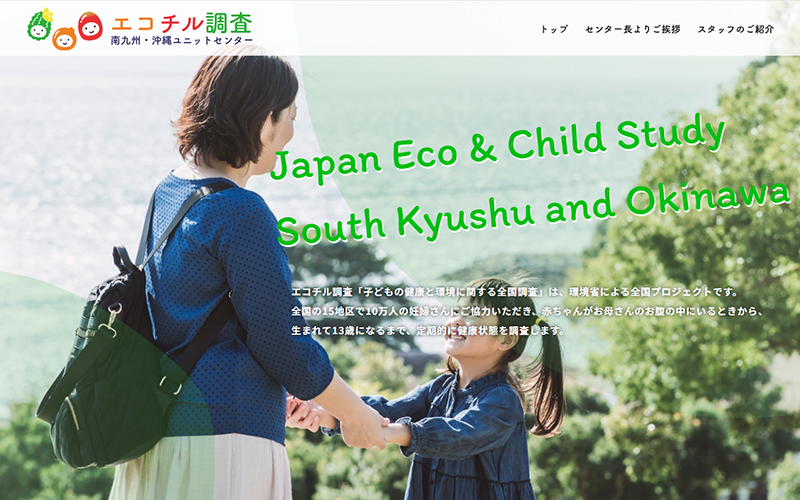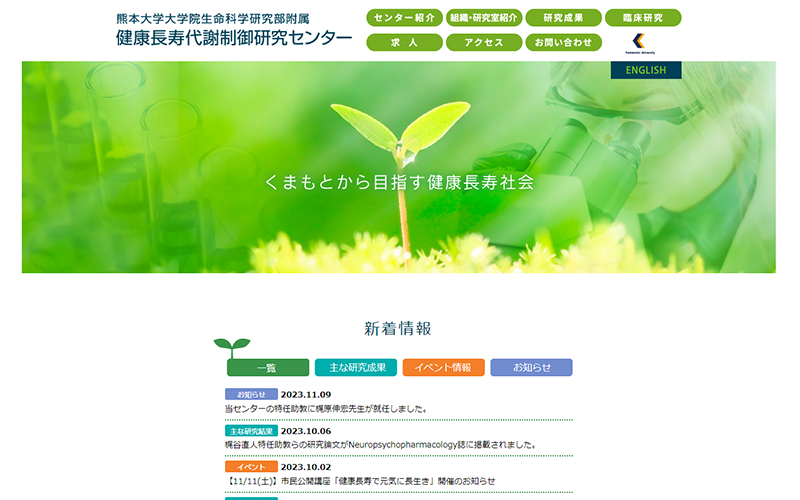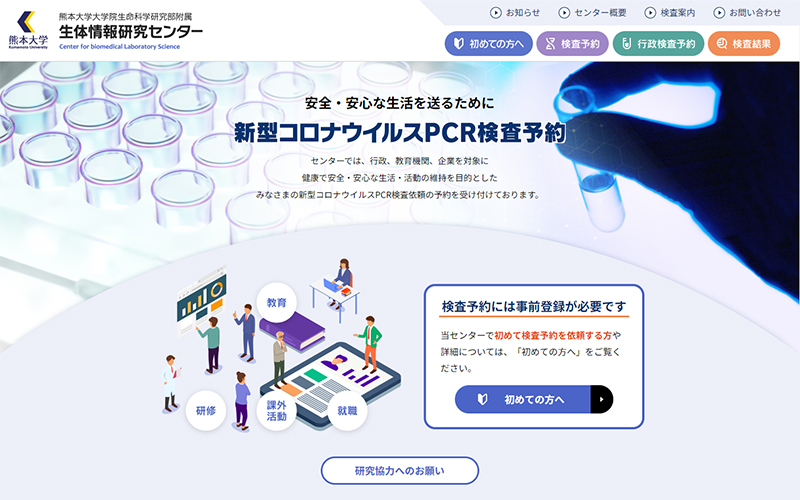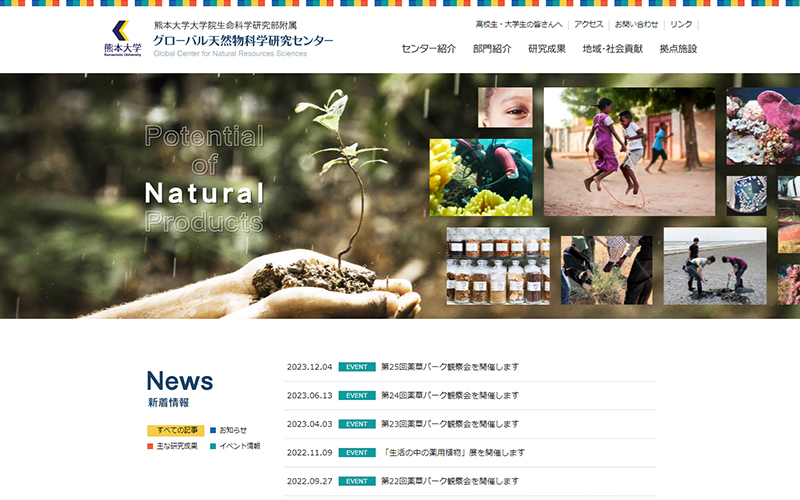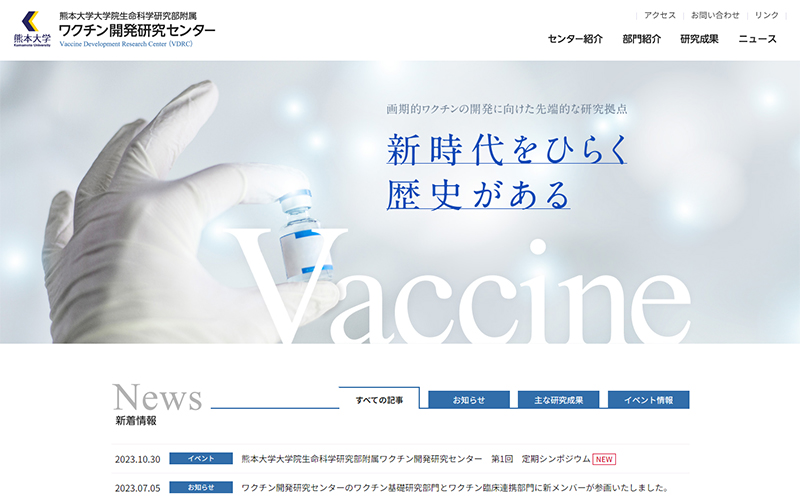Southern Kyushu and Okinawa Unit Center of Japan Environment and children’s study was founded as a research institute in July 2010 under the Faculty of Life Sciences, Kumamoto University. Children are exposed to various environmental risks, such as natural and manmade chemicals and socio-economic factors. The Japanese government (Ministry of the Environment) established a birth cohort study in 2010 to better understand the effects of children’s environmental exposures and to explore ways to reduce children’s risks from environmental exposures. This study is the first large and long-term epidemiological study in Japan. From across the country, 100,000 families with pregnancies will be enrolled, and the children will be followed from birth until age 13. Kumamoto University was awarded as a Unit Center for EcoChil Study and will manage the overall regional study operations of 5 research locations in Kumamoto, Miyazaki and Okinawa prefecture. The Unit Center collect data within the designated study regions, and is to investigate environmental factors that affect children’s health and development.
- HOME
- Institution
Institution
Southern Kyushu and Okinawa Unit Center of Japan Environment and Children’s Study
Center for Medical Education and Research
The Center for Medical Education and Research was founded in October 2010 to promote a particular mission for education of medical professionals, under the Faculty of Life Sciences, Kumamoto University. With a recent rapid introduction of the modern life science and technology to the field of health care and medicine, the clinical technology has advanced progressively. Under these situations, training of medical professionals who conduct the high quality medical care and safety is an urgent issue that we need to work out. Establishment of this Center is therefore aimed at contributing to the training of medical professionals through the research and practice in order to achieve the educational mission in fostering medical specialists. The Center carries out (i) research on building systems of education of medical professionals, (ii) curriculum reform in line with a new medical education system, (iii) education of clinical medicine by student participation and the practice in clinical medicine and procedures, etc.
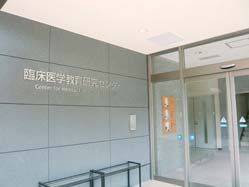

Center for Metabolic Regulation of Healthy Aging
The difference between average life expectancy and healthy life expectancy as of 2019 was 8.73 years for men and 12.06 years for women. In today’s super-aged society, extending healthy life expectancy is considered to be an important issue. In order to extend healthy life expectancy, it is necessary to prevent the onset and progression of metabolic and cardiovascular diseases such as diabetes, myocardial infarction and cerebrovascular diseases, cancer, neurological diseases such as dementia, and sensory and motor diseases such as eye and joint diseases.
The Faculty of Life Sciences, Kumamoto University is working to advance research on aging and healthy longevity in the three priority areas of “metabolic and circulatory systems,” “cancer,” and “nervous system” that threaten healthy longevity, and established the Center for Metabolic Regulation of Healthy Aging on May 1, 2008. The Center comprises seven divisions-(1) Metabolic and Circulatory Research; (2) Cancer and Stem Cell Research; (3) Nervous System, Sensory, and Locomotive Research; (4) Animal Models of Aging Research; and (5) Epidemiological Research-and collaborates ; (6) Research Support Division for Data Science/Omics ; (7) Research Support Division for Healthy Longevity closely with the International Research Center for Medical Sciences (IRCMS), the Institute of Molecular Embryology and Genetics (IMEG), the Institute of Resource Development and Analysis (IRDA), and Kumamoto University Hospital to advance research on aging and healthy aging, and to train internationally competitive human resources in these fields.
Center for Biomedical Laboratory Science
Development of clinical laboratory techniques allow the current highly advanced medical diagnostic technology. For achieving the sustainable development of medical care, promotion of the development of new diagnostic technologies and the cultivation of human resources by reinforcement of research in the university. Besides, we have a mission to provide medical laboratory techniques developed in university to the community for social contributions. Center for Biomedical Laboratory Science was founded in Faculty of Life Sciences in Kumamoto University on April 23, 2021 to promote research and development of novel laboratory techniques, training of advanced medical professionals, and providing laboratory tests to the community. The center carries out the administrative screening inspection and mutational analyses of emerging infectious diseases with Kumamoto city and prefectural governments and research and development of associating novel medical technologies. Moreover, the center trains advanced medical professionals through these achievements.
Global Center for Natural Resources Sciences (GCNRS)
The Global Center for Natural Resources Sciences (GCNRS) promotes natural product sciences and the UpRod project1) by utilizing a global research collaboration to improve lives and human health through developing innovative novel medicines. The Center has 7 new divisions, namely, the Division of Natural Products 1 (plant), Division of Natural Products 2 (microbes, marine organisms), Division of Infectious Diseases/Acute Diseases, Division of Rare Diseases/Chronic Diseases, Division of Manufacturing, Quality control and Analysis, and the Division of International Cooperation). The Center and its divisions will contribute to the development of human networks and resources related to the conservation of natural resources in different parts of the world. Furthermore, in cooperation with various related companies, this center will promote drug discovery research geared toward realizing the vision of a glocal health society where natural ecosystems and human health are coordinated and harmonized.
1) UpRod project: In this project, we collect useful natural products that are not yet utilized around the world, extract active ingredients, and evaluate their pharmacological activities. After that, we will select and optimize drug candidate compounds, and finally commercialize them.
Vaccine Development Research Center (VDRC)
The Vaccine Development Research Center was established, based on various vaccine development technologies of Kumamoto University, to advance the fusion of fields such as immunology related to natural immunity and acquired immunity against viruses, virology against emerging infectious diseases, development of vaccine administration devices, and pharmaceutical design that can fully demonstrate the effects of vaccines, and then to promote advanced vaccine development research that can respond quickly to the outbreak of unexpected emerging infectious diseases. The Center consists of four divisions (Vaccine Basic Research Division, Administration Device Development Research Division, Vaccine Manufacturing Research Division, and Vaccine Clinical Cooperation Division), and aims to improve basic research and applied research on infectious diseases, as well as to improve the production system and strengthen the efficient implementation system of clinical trials. Furthermore, the center plays a role in promoting the early construction of an actual production system for biopharmaceuticals such as vaccines for emerging infectious diseases, through collaboration with domestic and overseas companies and human resources who are familiar with vaccine developments and productions.


